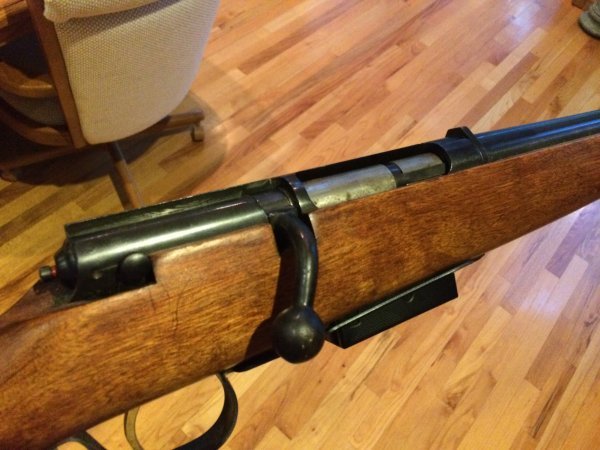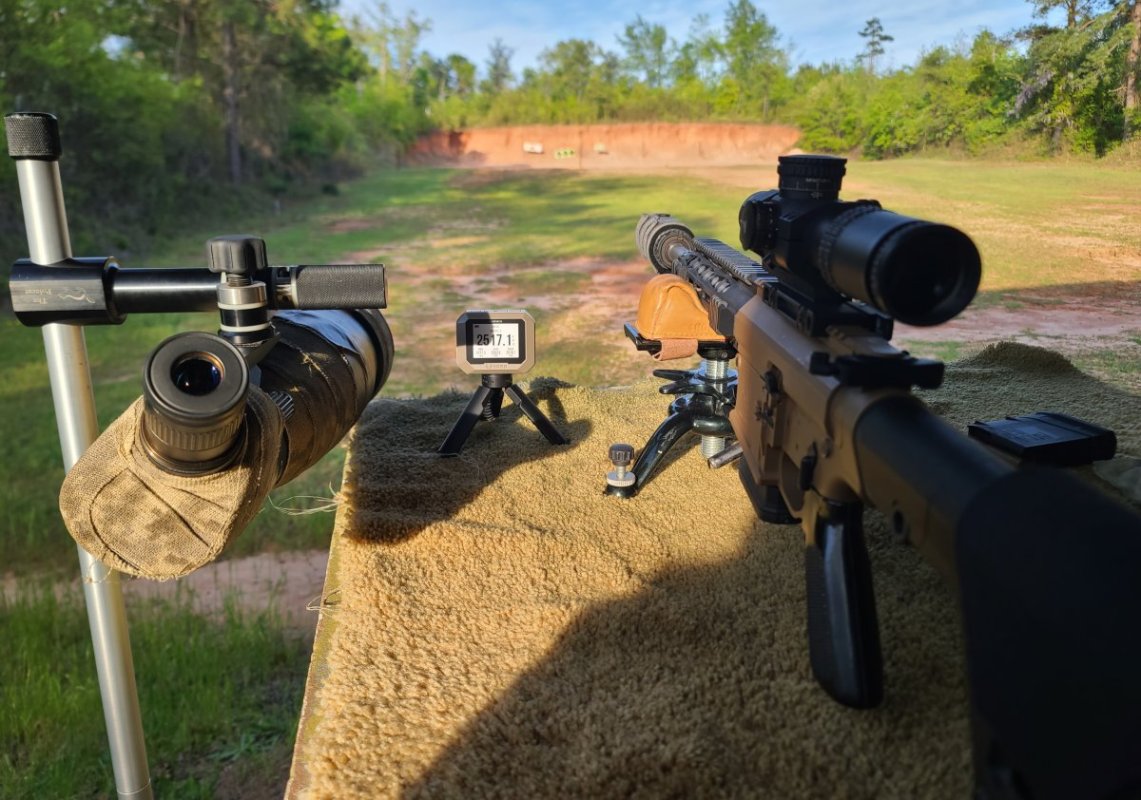I want to pattern a couple of shotguns the technically correct way, to determine how well they're choked.
One one of them, I suspect the % of pellets that land in the 30" circle at 40 yards will correspond to a wider choke than what's marked on the gun.
Although 40 yards is really far for a hunting distance, except for special turkey guns with extra-full chokes and special turkey shells, 40 yards has been the standard distance for patterning choked sporting shotguns for generations. Not all sources agree on what % of pellets must strike within the 30" circle to be called a particular grade of choke, but all sources agree on the distance of 40 yds for doing that choke-testing patterning.
Of course, if you only want to know what your gun does with a particular load at a particular distance, without regard to what the "choke" level is called, that's fine. Shoot that distance.
Home defense shotguns should probably be tested at 15 yards, which is way longer than the average shooting-an-intruder scenario calls for, but which is the shortest distance at which choke makes any visible difference.
One one of them, I suspect the % of pellets that land in the 30" circle at 40 yards will correspond to a wider choke than what's marked on the gun.
Although 40 yards is really far for a hunting distance, except for special turkey guns with extra-full chokes and special turkey shells, 40 yards has been the standard distance for patterning choked sporting shotguns for generations. Not all sources agree on what % of pellets must strike within the 30" circle to be called a particular grade of choke, but all sources agree on the distance of 40 yds for doing that choke-testing patterning.
Of course, if you only want to know what your gun does with a particular load at a particular distance, without regard to what the "choke" level is called, that's fine. Shoot that distance.
Home defense shotguns should probably be tested at 15 yards, which is way longer than the average shooting-an-intruder scenario calls for, but which is the shortest distance at which choke makes any visible difference.








